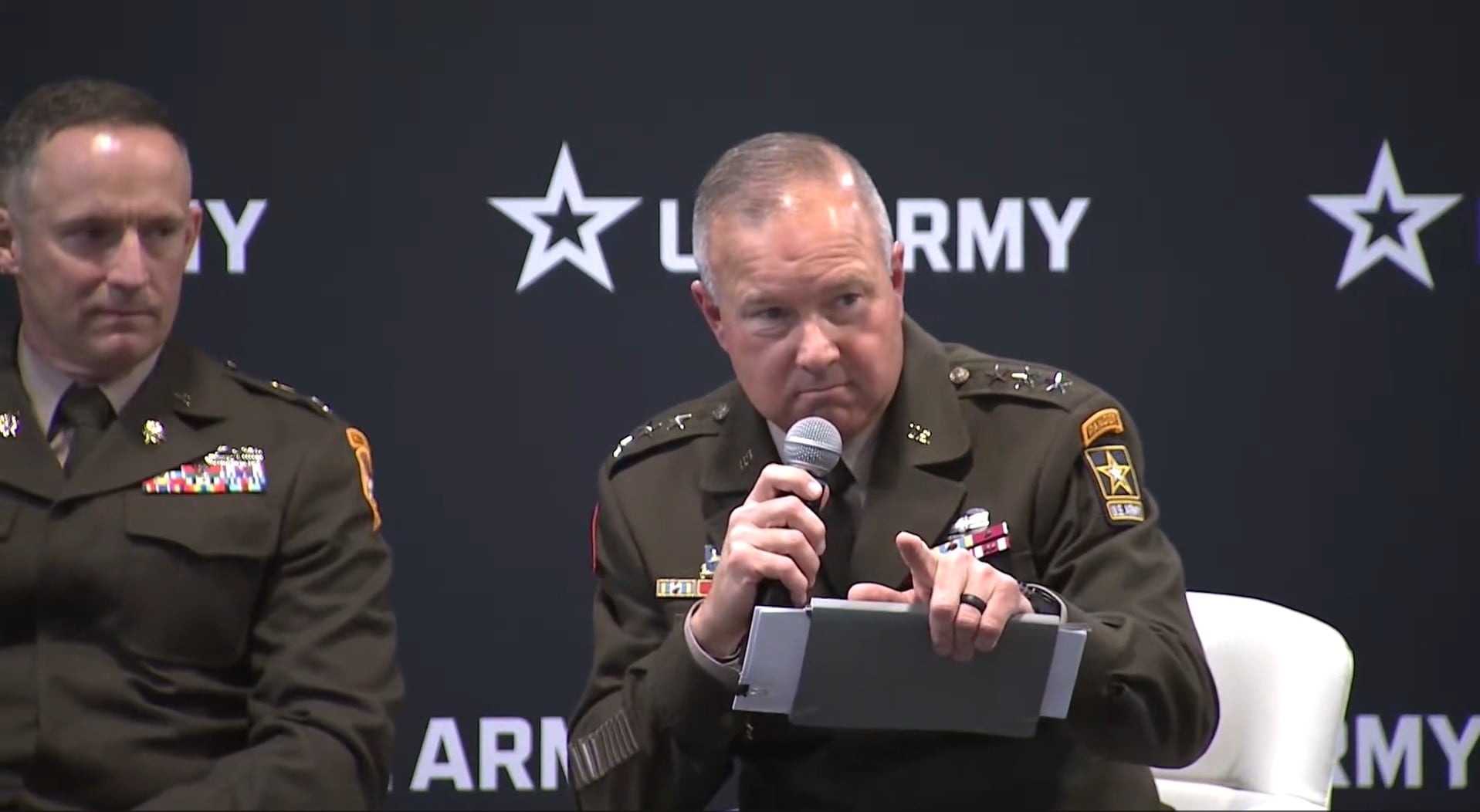The U.S. Army in the Pacific has begun working through how it will build two Multi-Domain Commands in the theater to oversee and direct the service’s Multi-Domain Task Force units as it continues to expand and refine its presence as part of an overall effort to deter China’s increasing aggression in the region, Gen. Ronald Clark, U.S. Army Pacific commander, told Defense News.
The new Multi-Domain Commands are coming as part of the Army’s new transformation initiative.
According to an Army execution order issued in May, the service plans to build four. Indicative of the Army’s desire to continue to prioritize building up capability in the Pacific theater, two will be focused there: Multi-Domain Command — Pacific and Multi-Domain Command — Japan.
Two others, Multi-Domain Command — Europe and Multi-Domain Command — Army, are taking shape, as well.
The Army is working on sizing the force for the commands “in a way that’s different,” Clark said in a Friday interview.
With the rise of the MDTF capability in the Pacific, “the authorities associated with that, in some cases are to the [Indo-Pacific Command] commander and above,” Clark said.
“So, to be able to ensure that we have the authorities associated with the right level of command and the staffs associated with the tasks required to plan, synchronize, train those assets, a two-star level headquarters is where that will reside.”
The service’s first MDTF was experimental, but since then the Army has operationalized that first unit and will ultimately build four more.
The Army established the initial unit at Joint Base Lewis-McChord in Washington state around 2018. U.S. INDOPACOM theater exercises, with MDTF participation, helped inform the Army’s Multi-Domain Operations warfighting concept, which has now evolved into doctrine.
The Army stood up the second MDTF in Europe in 2021 and the third in Hawaii in 2022. A fourth MDTF will also be devoted to the Pacific, and a fifth, based at Fort Bragg, North Carolina, will be able to deploy rapidly as needed. All five MDTFs will be established by 2028.
The units are designed to operate across all domains — land, air, sea, space and cyberspace — are equipped with the Army’s growing capabilities, such as the Precision Strike Missile, the Long-Range Hypersonic Weapon and the Mid-Range Capability Missile.
MDTFs will also have units devoted to the critical sourcing of intelligence across domains and spectrums and information sharing with the joint force to enable targeting.
The MDTF units’ presence in the Pacific in recent years have been credited with effective deterrence. For instance, the MRC resident with the 1st MDTF has drawn the ire of China since being deployed to the Philippines as part of the last two cycles of U.S. Army exercises with the country.
Recent assessments through exercises and warfighter experimentation have shown the need to operationalize such commands and create a higher level of command authority for the MDTFs, according to Clark.
The new commands are “additive to what we currently have in the Indo Pacific and in U.S. Army Pacific, so with that comes additional tasks and funding,” Clark said.
The Army’s fiscal 2026 budget request reflects some additional funding in order to execute the establishment of the commands.
The 1st and 3rd MDTF will fall under the Multi-Domain Command — Pacific, and the 4th MDTF will be associated with Multi-Domain Command — Japan.
According to the Army’s execution order for the transformation initiative, the Pacific command combines the 7th Infantry Division headquarters with the 1st and 3rd MDTFs. The command in Japan combines U.S. Army Japan’s headquarters with the 4th MDTF.
“The Multi-Domain Task Force is a theater-level capability,” Clark said. “It has inherent capabilities ... cyber, space, electronic warfare, long-range precisions first, it’s ability to be able to conduct integrated air and missile defense in its own defense and in a point defense kind of way, those capabilities ... go beyond an area of joint area of operations.”
MDTFs are commanded by colonels,“which is great,” Clark said, but adding they will now plug into a two-star command structure that can report to U.S. Army Pacific, for example.
“We need to up-gun the level of staff and command,” he said.
Jen Judson is an award-winning journalist covering land warfare for Defense News. She has also worked for Politico and Inside Defense. She holds a Master of Science degree in journalism from Boston University and a Bachelor of Arts degree from Kenyon College.





